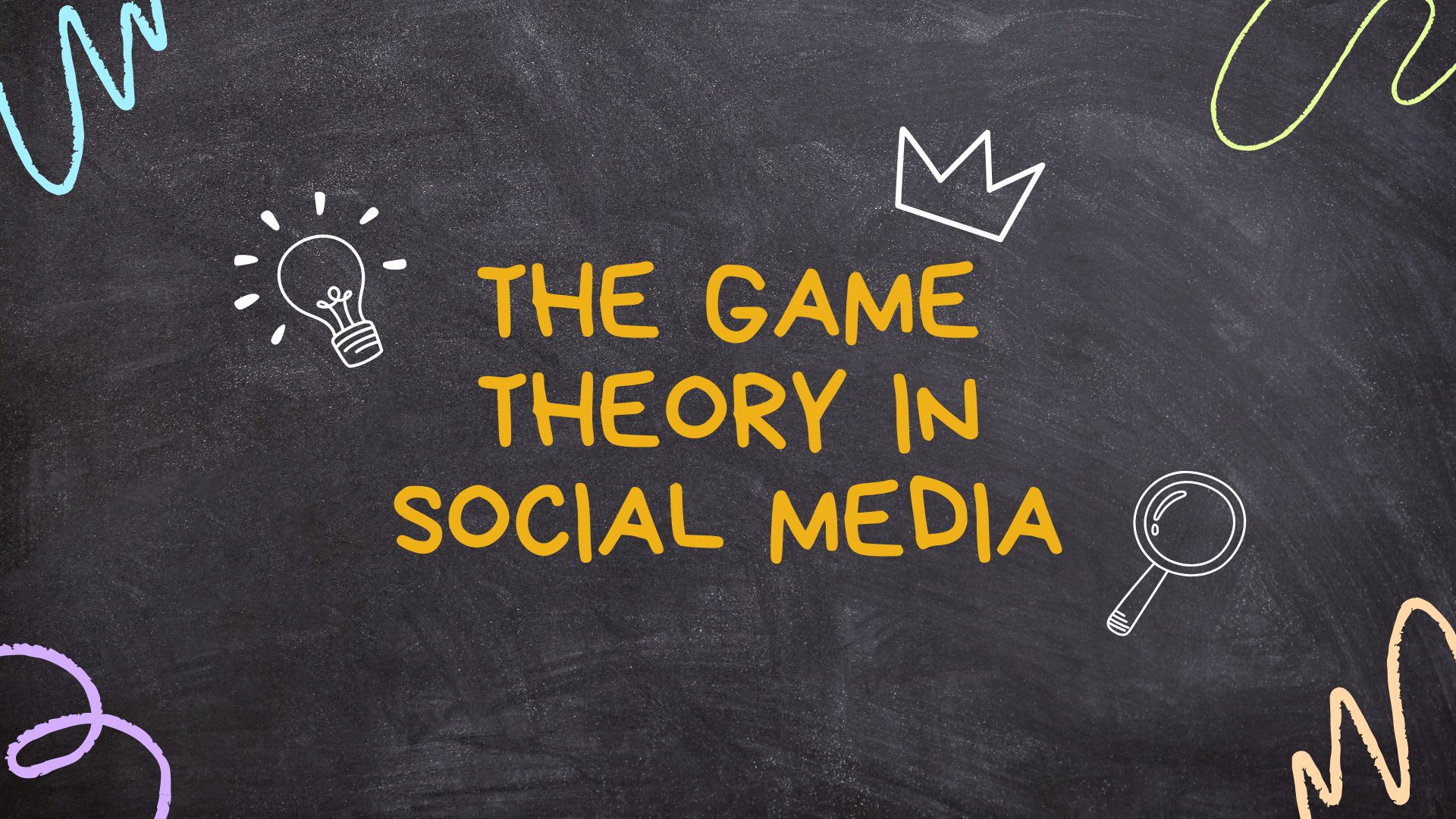The Unexpected Ally: How Game Theory Levels Up Your Social Media Management
Topic: Social Media Management | Authored by: Chitwan Garg | 20th April 2024

At All Things Flair (ATF), we're obsessed with crafting winning social media strategies for our clients. But what if there was a secret weapon hiding in plain sight, a strategic framework used by economists and military minds? Enter game theory, a powerful tool that can revolutionize your approach to social media management and content creation.
What is Game Theory?
Imagine social media as a giant game board. You're a player, alongside your competitors and your target audience. Each action you take, every post you publish, is a move that influences the game's outcome. Game theory helps you understand these interactions, predict your audience's reactions, and craft winning strategies.
Key Concepts for Social Media Management
- Nash Equilibrium: This principle suggests players choose strategies that maximize their benefit given what others are doing. In social media, this translates to understanding your audience's behavior and content preferences. You tailor your content to resonate with them, while anticipating how competitors might react.
- Prisoner's Dilemma: This classic scenario explores cooperation vs. competition. Two social media managers might choose to prioritize high-quality, informative content (cooperate) to build trust with their audience. Alternatively, they might resort to clickbait tactics (defect) for short-term gains. Game theory helps you identify situations where cooperation benefits everyone in the long run.
- Signaling Theory: This concept focuses on sending clear messages to your audience. On social media, your content acts as a signal. By consistently creating high-value content, you signal expertise and trustworthiness, attracting a loyal following.
Applying Game Theory in Action
- Competitive Analysis: Use game theory to analyze your competitor's social media strategies. Identify their strengths and weaknesses, and develop content that fills audience gaps they might be missing.
- Content Optimization: Instead of blindly following trends, use game theory to predict which content formats and themes will resonate best with your target audience.
- Engagement Strategies: Craft interactive content that encourages user participation, like polls and contests. This fosters a sense of community and keeps your audience engaged.
The Takeaway
By incorporating game theory into your social media strategy, you move beyond reactive tactics and create a proactive approach. You anticipate audience behavior, optimize content for maximum impact, and ultimately, outmaneuver the competition. At ATF, we believe in using every advantage available, and game theory can be your secret weapon for social media success.
Ready to take your social media game to the next level? Contact All Things Flair today and let's unlock the power of game theory together!